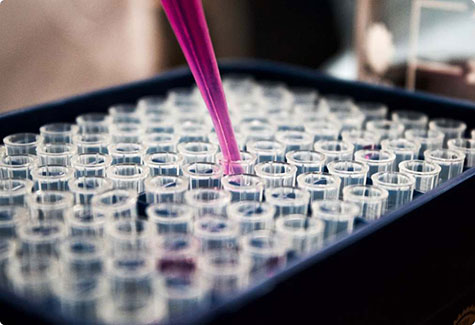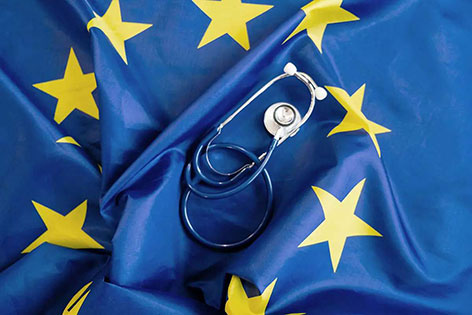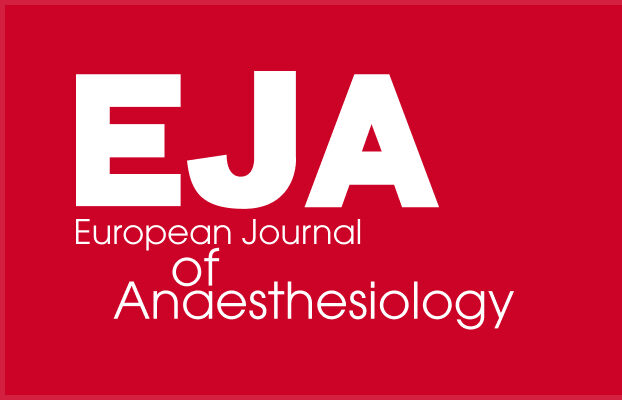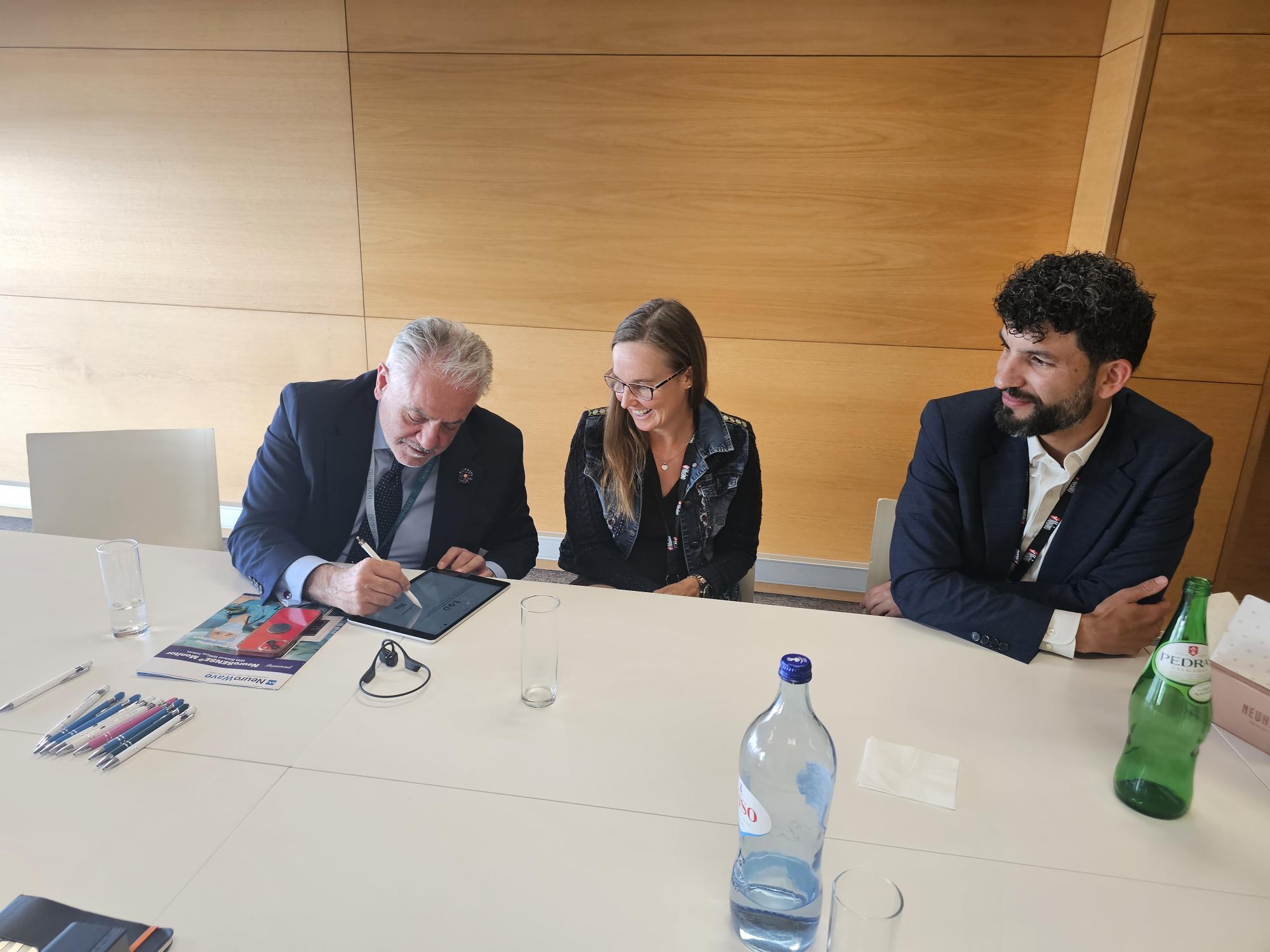Congress Newsletter 2025
Anaesthesia in 2050
How emerging technologies will transform our practice
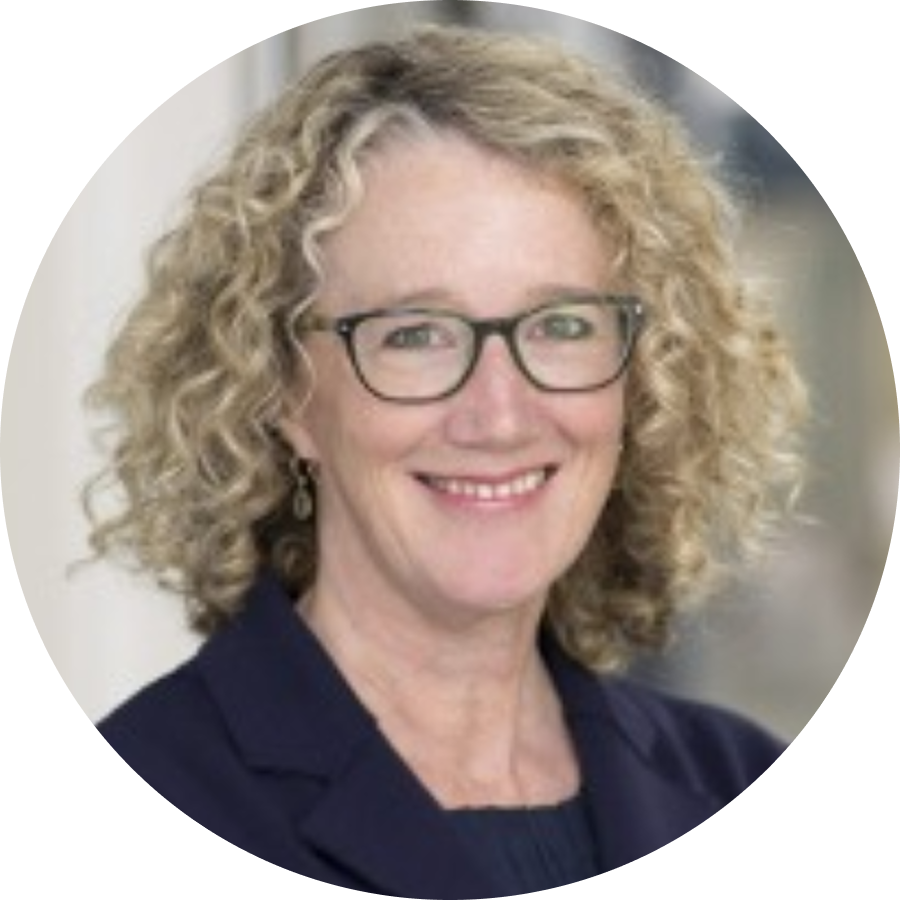
Every year at Euroanaesthesia, we open with the esteemed Sir Robert Macintosh lecture. This lecture recognises individuals who have made exceptional contributions to the fields of anaesthesiology and intensive care. With the current significant and rapid advancement of Artificial Intelligence (AI) in healthcare, it is of enormous value to explore and predict the impact of this emerging technology on anaesthesiology. This year, Professor Kate Leslie, from the Royal Melbourne Hospital, Australia, has been invited to speak on the topic “Anaesthesia in 2050: How emerging technologies will transform our practice”. In this lecture, she will explore how AI could change the practice of anaesthesiology and what role it will have in the care of surgical patients. She highlights the urgent need for us to ask the right questions and make the wisest decisions now, before AI becomes fully integrated into medical practice.
Professor Leslie, could you give us an overview of the main points you will present?
Human history has been marked by key milestones in technology, from the control of fire and domestication of plants and animals, through the advances of the industrial revolution and the age of computing, to the advent of Artificial Intelligence (AI). We are only beginning to understand how AI will change the practice of anaesthesia. How much change will be achieved by 2050 will depend on leadership, investment, and consideration of trade-offs between AI and human activity. Key clinical applications will include monitoring and prediction, automation and closed-loop systems, procedural assistance including robotics and decision support, and roles for large-language models in patient interactions and record-keeping. Patients will also benefit from AI-enabled technologies such as genetic engineering and more efficient drug discovery, powered by quantum computing. There will be roles that AI may never fill, including decision-making in complex situations, sophisticated manual tasks and genuine caregiving and connectedness.
Do you currently use AI? If so, what do you use it for? How does it currently help you?
Like most humans, I am probably interacting with AI every day without knowing it. I use ChatGPT and Google AI to answer questions and summarise articles.
Looking ahead to 2050, what do you think will be the biggest game-changer in anaesthesia?
Improved prediction – powered by AI – will be the biggest game-changer in anaesthesia in the next 25 years. This will include predicting adverse events and outcomes; predicting the best anaesthetic plan; predicting the right place to put a needle, cannula or endotracheal tube; and predicting how much of a drug or fluid to give to achieve a clinical outcome.
AI is already making its way into anaesthesia with automated sedation systems. Do you think AI will ever reach a point where it can fully replace human anaesthetists, or will there always be a need for human oversight?
I do not believe that anaesthesia will ever become fully automated. I believe that there will always be a role for anaesthesiologists in decision-making in complex situations, in leading the multi-disciplinary human and AI team during surgery, in ensuring that common sense and societal values are integrated into care and connecting with patients on the human level in their most vulnerable moments. We know that AI can take over human work: the question we urgently need to discuss is whether it should.
If we increase reliance on non-human intelligence, how can we preserve the human touch and human connection in anaesthesia and patient care?
The work of preserving the human connection starts now. Every interaction we have with patients should demonstrate that we recognise their individual values and fears and that we will be personally responsible for their safety. In short, that we care about them as fellow humans.
AI is a rapidly evolving technology. What benefits are you most excited about for the future of anaesthesiology? Is there any current, leading-edge research that points to future developments in the medical use of AI that excites you?
The last 25 years have been very disappointing in terms of anaesthetic drug development. I am looking forward to new technologies such as AlphaFold that, powered by AI and quantum computing, will screen billions of molecules to discover better, safer anaesthetic drugs. With improved genetic profiling and screening using biomarkers, we may even be able to personalise drug selection and dosing.
Can you paint a picture of a possible operating theatre in 2050?
An operating room in 2050 will still have a patient at the centre. The surgeons will be using robotics for a wider range of procedures, and some aspects of surgery may be automated. We will be collecting more data about our patients’ depth of anaesthesia, nociception, haemodynamics, and blood chemistry, and this will be used in closed-loop control systems. Anaesthetists in the operating room may be supported by colleagues in an anaesthesia control centre and by AI-delivered decision support, but will still be the glue that holds the team together.
Do you have any ethical concerns about the future use of AI in healthcare?
While I am excited about our AI future, I have several concerns, including the future of humans in healthcare; the use of our personal data; the risk of discrimination and income inequality, and the impact of AI and related technologies on sustainability.
The Sir Robert Macintosh lecture will take place on Sunday, 25 May, 09.00 – 09.30 WEST, in the lecture hall Lisboa and will be chaired by Prof. Dr. Michel MRF Struys (Groningen, Netherlands).

